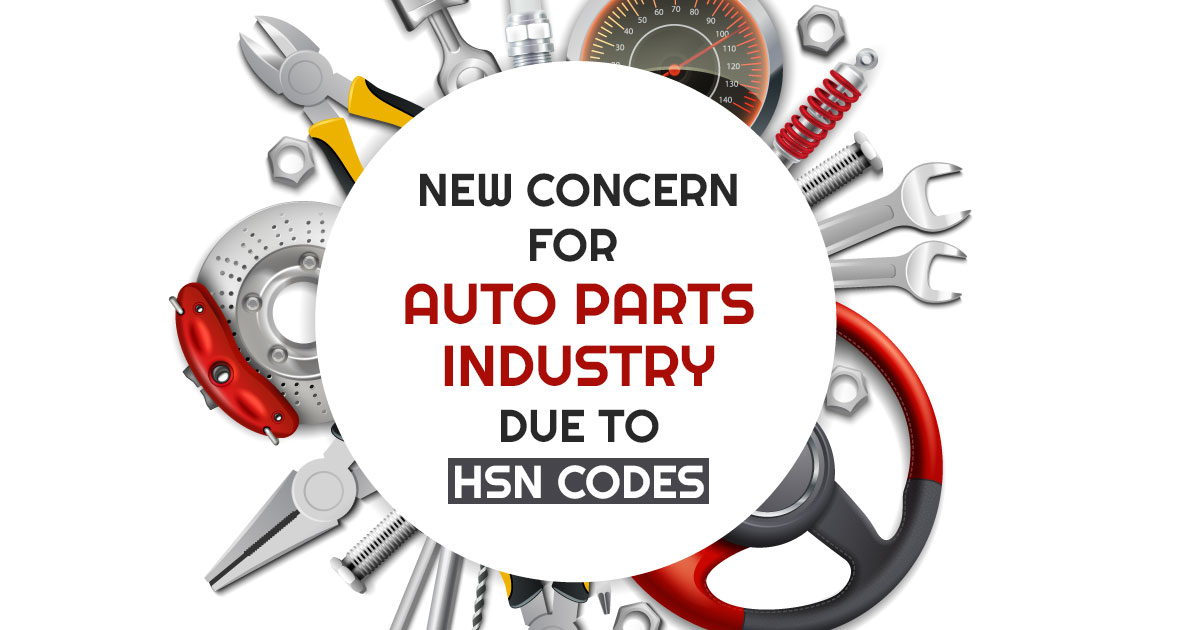
The industry, specifically for the segment of auto components, needs to worry since the Apex court has refused to review the petition furnished by the finance ministry on the classification of goods on the grounds of the harmonized system of the nomenclature (HSN) codes. The same case is concerned with the excise duty, however the same has importance on the customs duty and the goods and services tax.
The real case is the classification of the relays which is utilized in Railways. The exclusions would be provided in some of the chapters. For example, Chapter 85 (the two digits refer to chapters under HSN codes) used to cover the electrical apparatus for switching on or securing the electric circuits, along with relays. parts of railway or railway locomotive or rolling stock comes beneath chapter 86. The exclusion note articulated that the goods which come under chapter 85 do not come beneath 86 despite if the same would be used for the railways.
The rate of excise duty was much more on the products beneath chapter 85 as compared to those which come beneath chapter 86.
That was the settled principle of classification till the Westinghouse Saxby Farmer case goes to the Supreme Court. In March 2021, the court held that relays will count under chapter 86 as these are mainly utilized in railways in this case.
The ruling gives advantages to the company. But, the same was against other industries. For instance, various high-value auto components like internal combustion (IC) engines come under Chapters 84 and 85 and auto comes beneath chapter 87. Now basic Customs duty (BCD) is 7.5-10 per cent for goods under chapters 84 and 85 and up to 15 per cent for those under chapters 87.
Identically, the GST rate would be 18% for the goods beneath chapters 84 and 85, however, the same would be 28% when these goods come beneath chapter 87.
15% BCD along with 28% GST is required to be paid in the auto component industry post the ruling circulated by SC. when the principle of exclusion would be applied, then the industry furnishes 7.5-10 per cent BCD and 18 per cent GST for the same components.
Read Also: GST Impact on Cars and Spare Parts Industry in India
The same issue has been considered by the Central Board of Indirect Taxes and Customs (CBIC) which notified the guidelines in the month of January 2022 that the ruling of SC was for the case and shall not be applied in the general means. It referred to before judgments that did not point to the Westinghouse case to draw forth its point.
Tax experts mentioned that the guidelines could not act as a protective measure to the industry, specifying the ground-level heads comply with the guidelines, and not raise classification issues only on the grounds of the end-use test as mentioned in the Westinghouse ruling.
“To bring this issue to end, the CBIC can consider bringing specific entry in the rate notification irrespective of classification,” he recommended.